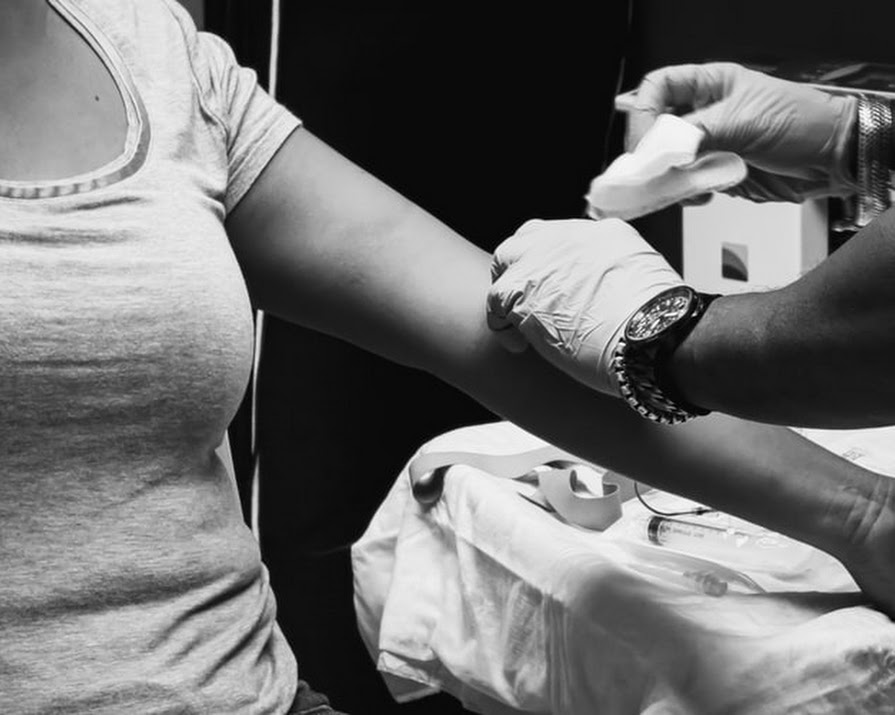
Who’s first? Everything you need to know about the allocation of the Covid-19 vaccine
By Erin Lindsay
08th Dec 2020
08th Dec 2020
The government has just published their allocation strategy for the Covid-19 vaccine rollout
The government has published their allocation strategy for the Covid-19 vaccine, revealing which groups will be prioritised in the rollout.
The strategy will prioritise those over 65 living in long-term facilities, followed by healthcare workers in direct patient contact, and so on for various other societal groups. The entire strategy has broken the Irish public down into 15 distinct groupings, and has clarified the order in which they will be vaccinated.
Here is the full order of allocation of the vaccine, and what you need to know about each group:
- Adults aged 65 or older who are living in long-term care facilities. This group is at the greatest risk of severe illness and death from Covid-19, and accounted for 56% of deaths in the first wave. In this first stage, offering the vaccine to all residents and staff on site will be considered.
- Frontline healthcare workers who are in direct contact with patients; who risk exposure to bodily fluids or aerosols; and those providing services essential to the vaccination programme i.e those administering the vaccine itself. This group accounted for 30% of all cases in the first wave of Covid.
- Those aged 70 or over. They will be vaccinated in the following order: 85 and older; 80-84; 75-79; 70-74.
- Other healthcare workers not in direct patient contact.
- Those aged 65-69, with those with medical conditions that class them as high-risk prioritised first.
- Key workers (to be refined further). This group is yet to be properly defined, but the government has referred to them as those who ‘provide services essential to societal and economic activity’.
- Those aged 18-64 with underlying medical conditions that class them as high-risk.
- Those aged 18-64 who are residents of long-term care facilities.
- Those aged 18-64 who are living or working in crowded accommodation where self-isolation and social-distancing is difficult to maintain.
- Key workers in essential jobs who cannot avoid exposure to Covid-19. This will include workers in food supply systems, public and commercial transport systems, and other vital services.
- Workers who are essential to education and cannot avoid exposure to Covid-19. This will include primary and secondary school teachers, special needs assistants, childcare and creche workers, maintenance workers, school bus drivers etc.
- Those aged 55-64 years.
- Those in ‘occupations important to functioning of society’ – this will include those working in third level institutions, entertaining and goods-producing industries, etc.
- Those aged 18-54 who have not yet been vaccinated.
- Children and adolescents up to 18 years, and pregnant women (this will be refined further).
Ireland has already prepared advanced purchase orders for vaccines from various producers, including 2.3 million doses from Pfizer/BioNtech, which began rolling out this morning in the U.K.
Speaking about the strategy, Minister for Health Stephen Donnelly said: “While some may be tempted to let their guards down now that there are vaccines on the horizon, it is crucially important to continue to follow the public health guidance. COVID-19 is still a deadly disease.”
Read more: “I’ve made the decision not to travel home for Christmas”: How to get through an unfamiliar December
Read more: Enniskillen woman becomes first in the world to receive Pfizer vaccine for Covid-19
Read more: The end of the pandemic is in sight. Here’s to the new roaring 20s






















